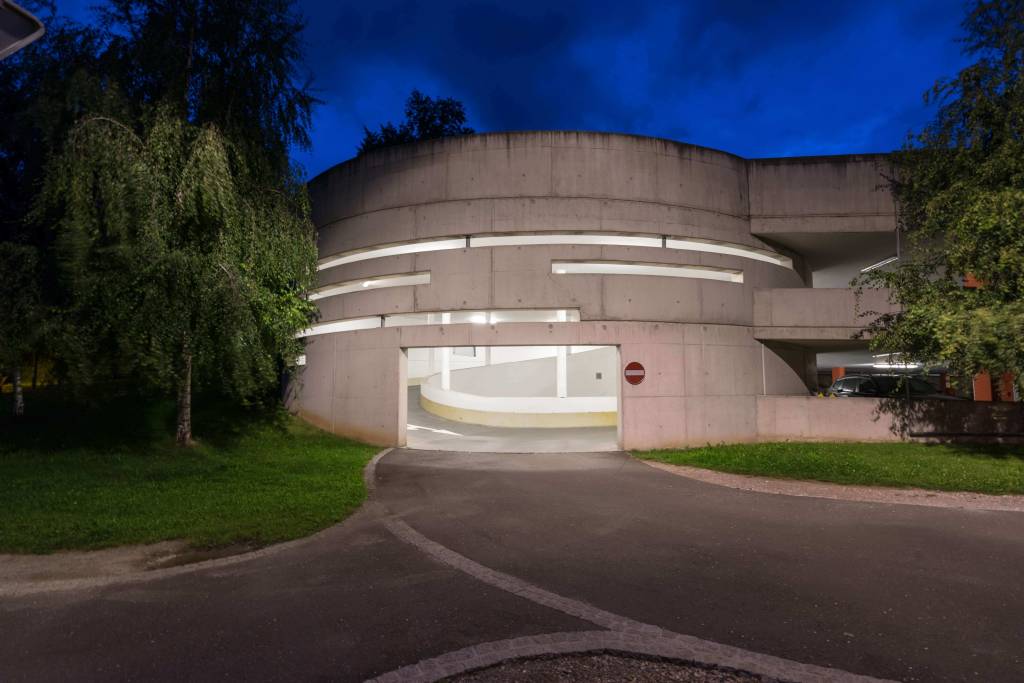Introduction:
When it comes to creating a legal basement dwelling in Ontario, having a separate entrance is not just a convenience; it’s a requirement outlined in the Ontario Building Code (OBC). In this blog, we’ll explore the importance of a separate entrance for a legal basement suite, the reasons behind this requirement, and the benefits it brings to homeowners, tenants, and the community as a whole.
Legal Basement Dwelling: What It Means:
A legal basement suite, also known as a secondary dwelling unit or an accessory apartment, is a self-contained living space within a single-family residential property. It typically includes a kitchen, bathroom, living area, and separate sleeping quarters. Such suites offer homeowners the opportunity to generate rental income or provide living space for extended family members while complying with the OBC regulations.
The Importance of a Separate Entrance:
The Ontario Building Code mandates that a legal basement suite must have a separate entrance from the main dwelling. This requirement serves several critical purposes:
a. Safety and Accessibility: A separate entrance ensures that occupants of the basement unit can enter and exit their living space independently, reducing the risk of congestion and allowing for safe egress during emergencies.
b. Privacy and Independence: Tenants in the basement suite can enjoy privacy and autonomy, as they won’t need to cross paths with the main dwelling’s occupants. This separation enhances the overall quality of life for everyone involved.
c. Fire Safety: A separate entrance prevents the spread of fire and smoke between the main dwelling and the basement unit. This segregation is essential for adhering to fire safety codes and ensuring the safety of all residents.
Legal Compliance and Zoning Regulations:
Having a separate entrance is a key criterion for a basement suite to be considered legally compliant. Zoning bylaws and municipal regulations often require a separate entrance to ensure that basement suites meet the definition of an independent dwelling unit, distinct from the main residence.
Rental Opportunities and Property Value:
A legal basement suite with a separate entrance significantly enhances the rental potential of a property. Tenants are more likely to be attracted to a private living space that offers convenience and independence. This, in turn, can boost rental income for homeowners and increase the property’s overall value.
Community Housing Solutions:
In areas with high housing demand, legal basement suites can contribute to addressing the shortage of affordable housing. Having separate entrances facilitates the creation of legal, safe, and comfortable rental units, benefiting both tenants and the community.
Navigating Challenges and Design Considerations:
While the requirement for a separate entrance is clear, designing and constructing one can present challenges in existing structures. Architects and homeowners must work together to find creative solutions that align with the OBC while maintaining the aesthetics and functionality of the property.
Conclusion:
Incorporating a separate entrance in a legal basement suite design is not just a matter of convenience; it’s a fundamental requirement outlined in the Ontario Building Code. The benefits of a separate entrance extend to safety, privacy, compliance, and economic considerations. For homeowners seeking to generate rental income or provide extended family members with independent living spaces, adhering to this OBC requirement is a crucial step in creating legal and comfortable basement dwellings that contribute positively to the community and housing solutions in Ontario.
Image – unsplash
